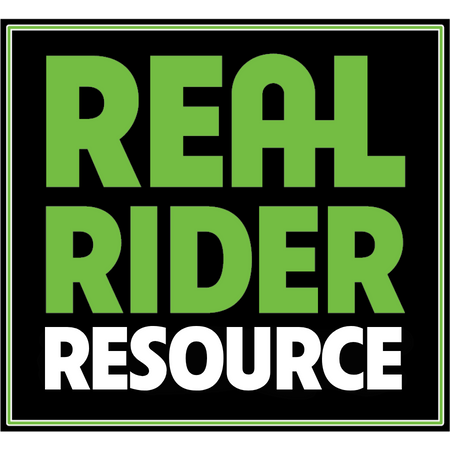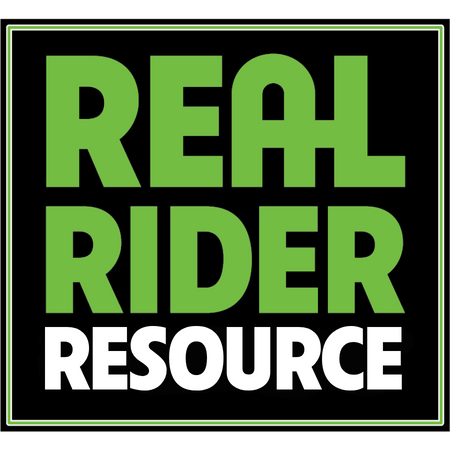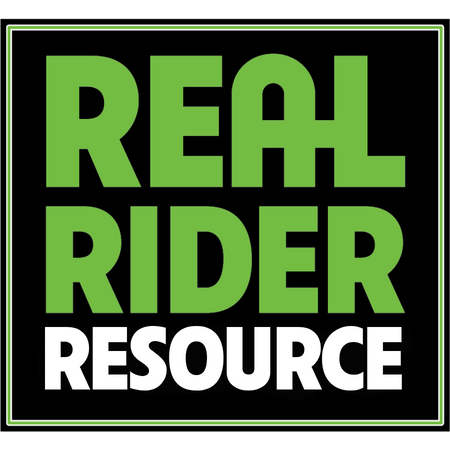Cold Compression Protocol (post-work)
- Brush off dirt/sweat; towel excess moisture.
- Apply cold-compression sleeves per maker guidance (commonly 15–20 minutes per limb).
- Rotate limbs; re-chill elements if a second round is needed.
- Check skin every 10–15 minutes; avoid pressure points over tendons.
Use after big gallops, jump sets, speed work, or when stocking-up is a pattern.











